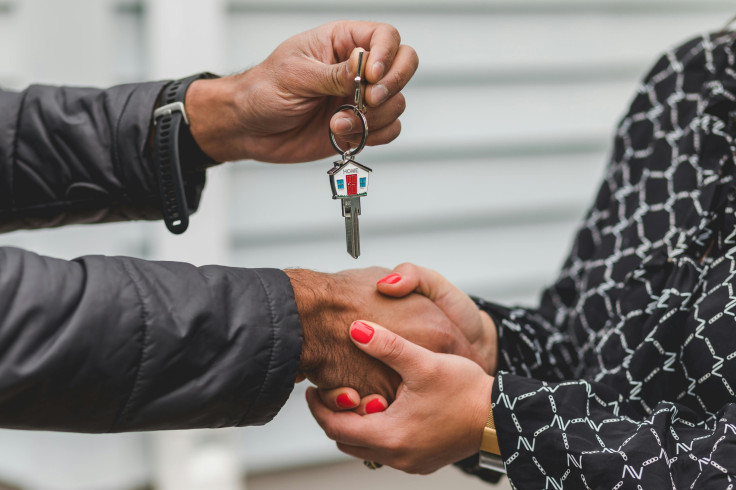
More than half of Latinos in the U.S. were homeowners by 2022, an all-time high for the demographic, according to a new report by the National Association of Realtors.
The document, titled the 2024 Snapshot of Race and Home Buying in America, shows that the national figure amounts to almost two thirds of the population (65.2%), with Asian-Americans also reaching a historic high (63.3%).
Some 3.2 million Latino households became homeowners between 2012 and 2022, an increase of 5.4 percentage points that clocked in at 51.2% overall. Asian-Americans saw the largest increase, with 6.1 percentage points joining the group of homeowners.
Whites saw a growth of 3.1 percentage points, reaching a total of 72.3%, while Blacks experienced a "modest uptick to 44.1%," according to the report.
The other side of the coin, however, is a small overall decline compared to 2021 figures (65.4%) and persisting challenges in affordability and inventory conditions.
Moreover, Jessica Lautz, NAR deputy chief economist and vice president of research, said that "while the gains should be celebrated, the pathway into homeownership remains arduous for minority buyers."
And many who have become homeowners continue facing economic challenges to maintain their status. "37% of Hispanic and Asian homeowners spend more than 30% of their income on housing, indicating a considerable affordability challenge."
Minorities tend to be disproportionately impacted by affordability and inventory issues, explained Lautz, as "more than half of minority buyers are first-time buyers who must rely on down payment sources beyond gained housing equity."
"As rental costs escalate, they compress renters' disposable incomes and directly impact the capacity to accumulate savings for a home down payment. This challenge is acutely amplified among minority groups, which often face additional systemic barriers and disparities in income and wealth, further exacerbating their struggle toward achieving homeownership," the report adds.
Other burden that minorities tend to face are higher amounts of student debt, "the biggest expense that holds back saving, along with rent". "Once they are ready to buy, Hispanic and Black Americans have a higher rate of loan denials in the mortgage market," the report says. 29% of Latino home buyers reported having student loan debt, the median amount being $33,300.
Securing a mortgage is another hurdle: 22% of Latinos experienced denial rates for applications, more than Whites (16%) and Asians (15%). Moreover, those Latinos who do manage to secure a loan tend to have less favorable terms than White and Asian counterparts.

It was the case for 21% of Latinos who got rates over 6%. "The average mortgage rates for Black and Hispanic borrowers stood at approximately 4.9%, compared to 4.8% for White and 4.6% for Asian borrowers."
Homeownership is one of the main drivers of Latino household wealth, which rose to $63,400 in 2022, according to NAHREP's latest edition of the State of Hispanic Wealth Report.
NAHREP highlights that homeownership is the largest contributor to wealth, with Latino families who are in this category "having, on average, 26.4x the net worth of those who rent."
Latino wealth tripled since 2013, a much rapid pace that the rest of the demographics in the U.S. But it's still far away and less than a third than the general population median, which was of $192,160 in 2022.
When breaking down the composition of Latino wealth, home equity stands out as the main source, representing 33.3% compared to the general population's 21.1%. Business equity and non-cash financial assets hold lower significance for Latinos than the rest: the former represents 17.8% of their total wealth compared to 21.7% of the general population. For the latter, percentages are 28.1% for Latinos and 41.7% for the rest.
"Home prices have skyrocketed in recent years, with dramatic acceleration during the COVID-19 pandemic. In 2013, the median sales price of homes sold in the United States was $266,225. By 2020, this figure had risen to $336,950. By 2022, the median sales price reached nearly half a million dollars at $457,475," the report recalls. The unsavory aspect is the increasing unaffordability renters face to buy a first home.
© 2024 Latin Times. All rights reserved. Do not reproduce without permission.







